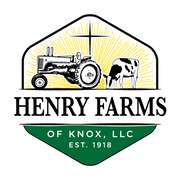
Raw milk has not been pasteurized or homogenized. It primarily comes from cows but also goats, sheep, buffalo and camels. It is not widely available due to the health and safety risks determined by the USDA, FDA, and CDC. However, it can be used to make a variety of products, including cheese, yogurt, and ice cream.
Pasteurization involves heating milk to kill bacteria, yeasts and molds. There are two methods of pasteurization. The first process involves heating raw milk to 161.6°F (72°C) for 15–40 seconds to increase the milk's shelf life and freshness for two to three weeks. The second process is called Ultra Pasteurization which heats milk up to 280°F for just 2 seconds and creates a shelf-stable milk that does not need to be refrigerated.
There are many misconceptions surrounding the 2 types of milk. One misconception is that pasteurized milk takes away all of the nutrients in raw milk. Raw milk contains pathogens that post a dangerous risk especially to pregnant women, the elderly, and children. Secondly, the pasteurization process does not mitigate the health benefits generally known to milk (ie. vitamins/minerals). In fact, the nutrient comparison between the 2 types of milk are very similar, even after pasteurization.
You can be rest assured that Henry Farms' Raw Milk and Pasteurized Milk is of the highest quality and client-approved.
